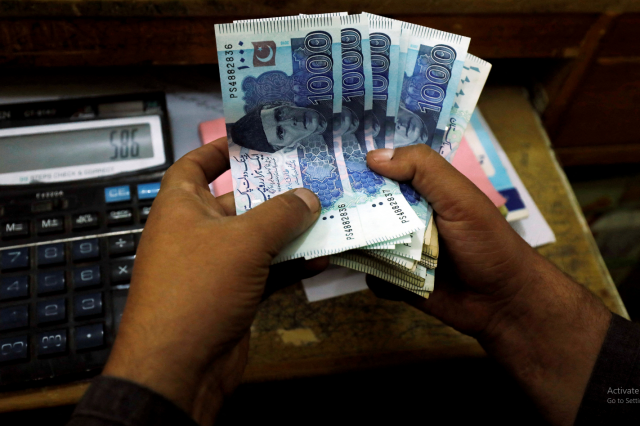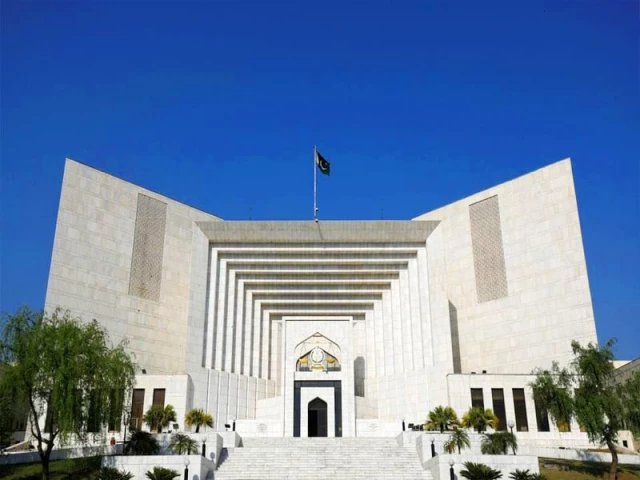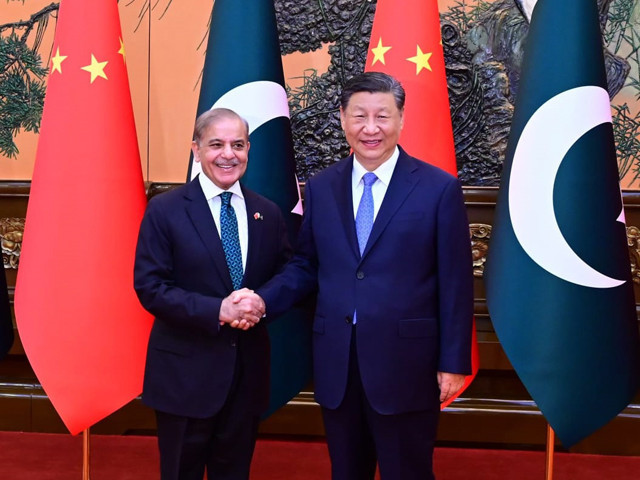Understanding Remittances and Their Impact on Pakistan’s Economy
Remittances are a lifeline for many countries, and Pakistan is no exception. Recent reports reveal that Pakistan witnessed a significant rise in remittance inflows, climbing 11.3% year-on-year to hit $3.2 billion in September 2025. This growth sends a positive signal about the economic contributions of overseas Pakistanis, as many families rely on this money for everyday expenses and improving their living conditions.
What’s driving this increase? A notable factor has been the 2.6% rise in remittances from Gulf Cooperation Council (GCC) countries, which play a crucial role in bolstering the country’s overall inflows. On the flip side, remittances from the UK dipped by 1.9% month-on-month, likely due to seasonal trends where fewer people send money back home, especially as summer wraps up.
Interestingly, while the Pakistani rupee appreciated by 0.15% against the US dollar, closing at Rs281.21 per dollar, the US Dollar Index saw an increase of 1.43%. Experts believe that this strength in the currency is linked to robust remittance inflows and strict policies aimed at bridging the gap between the interbank and open market exchange rates.
Looking at the bigger picture, remittances during the first quarter of FY26 rose by 8.4% year-on-year, showcasing a positive trend supported by overseas Pakistanis. In August alone, Pakistan received $3.14 billion in remittances, though this was a slight dip of 2.4% from July. Notably, while inflows from key regions like the US and UAE experienced setbacks, stronger receipts from Saudi Arabia and the EU offered some relief.
However, the heavy dependence on the Gulf region raises concerns about sustainability. With Saudi Arabia and the UAE contributing nearly half of the remittances, any economic or policy shifts in these countries could substantially impact Pakistan. It’s crucial for the government to diversify the sources of remittances to stabilize economic support in the long run.
On the brighter side, remittance growth from Europe has surged by 18%, although Malaysia and South Korea experienced declines. This fluctuation underscores the volatility in the secondary labor markets, which can affect the reliability of remittance inflows.
In total, during the first two months of FY26, remittances reached $6.4 billion, showing a healthy 7% increase from the previous year’s $5.9 billion. The primary sources during this period were Saudi Arabia, the UAE, the UK, and the US, further solidifying the trend that remittances from these regions are vital for Pakistan’s economy.
As we navigate these economic shifts, staying informed is crucial. Understanding the landscape of remittances can help policymakers, businesses, and families make better financial decisions. For those interested in more insights and updates related to economic trends, engaging with resources like Pro21st can be a beneficial step towards informed financial planning and understanding market dynamics.
At Pro21st, we believe in sharing updates that matter.
Stay connected for more real conversations, fresh insights, and 21st-century perspectives.





